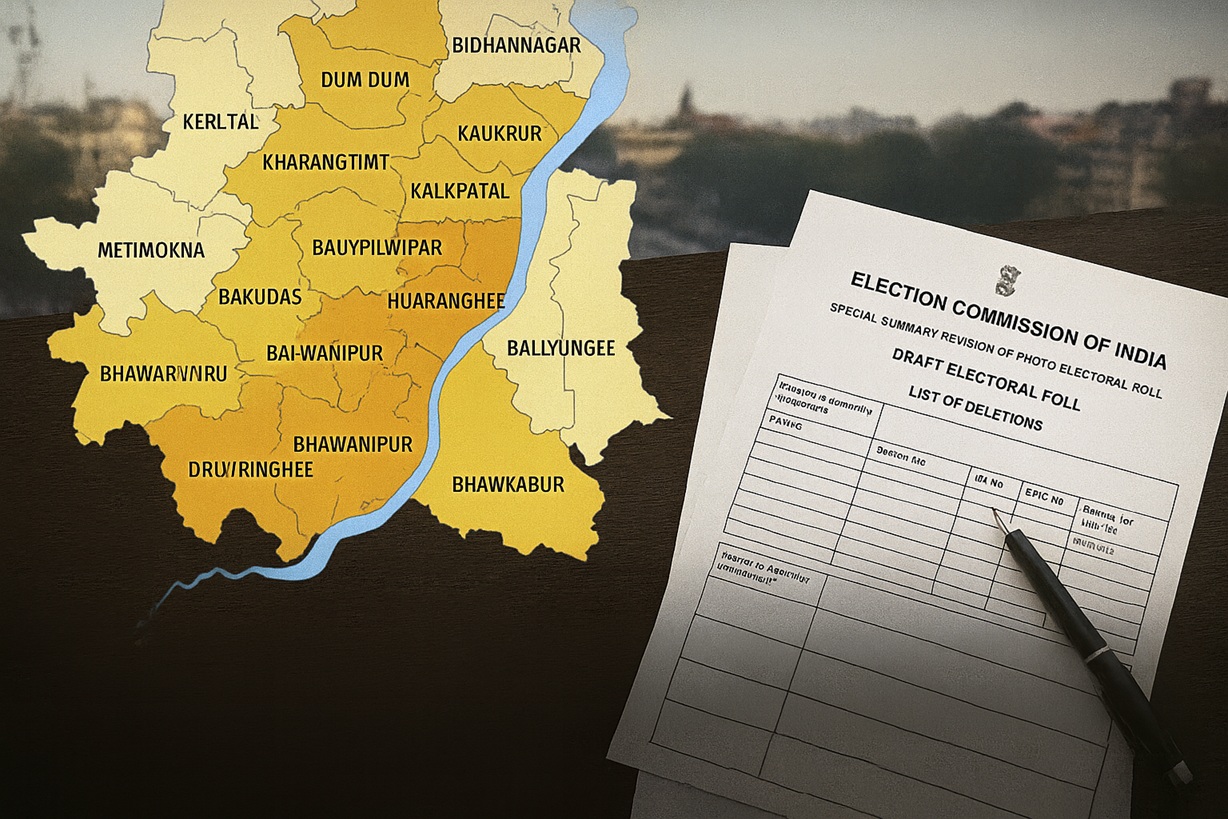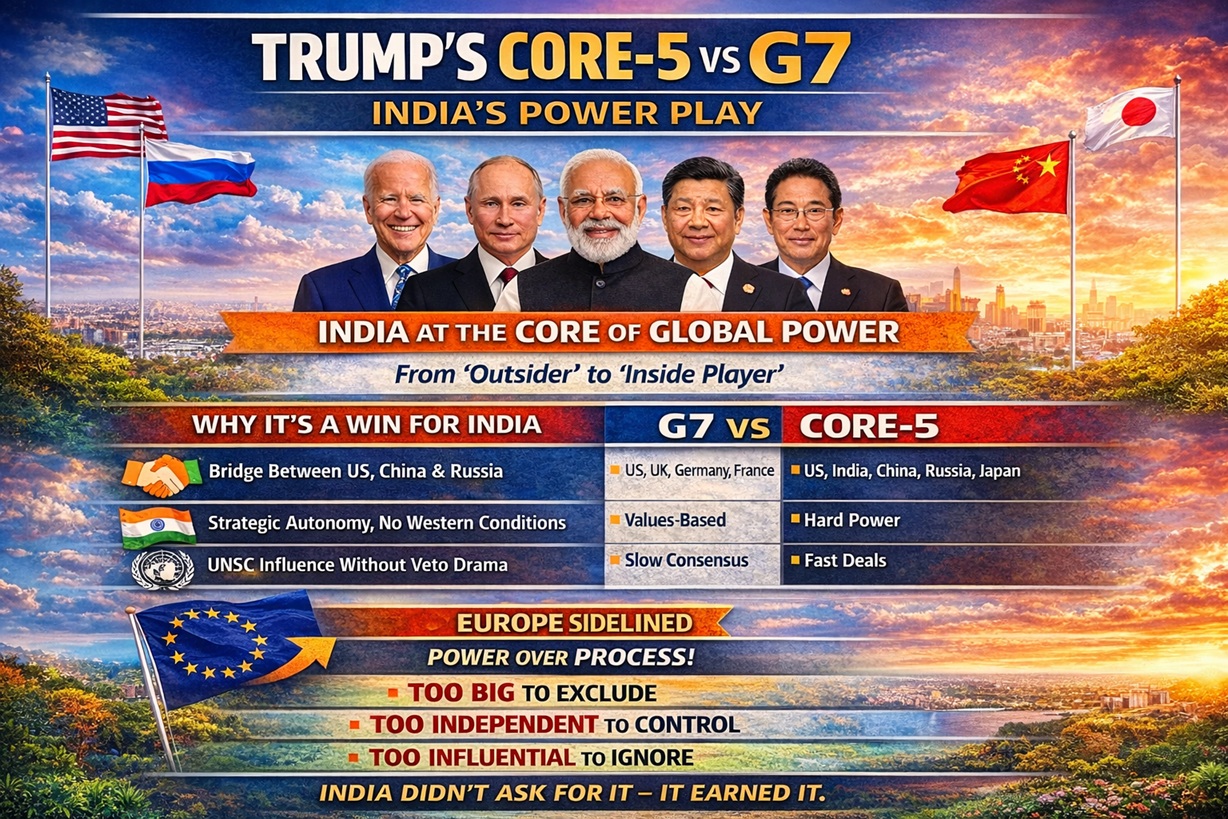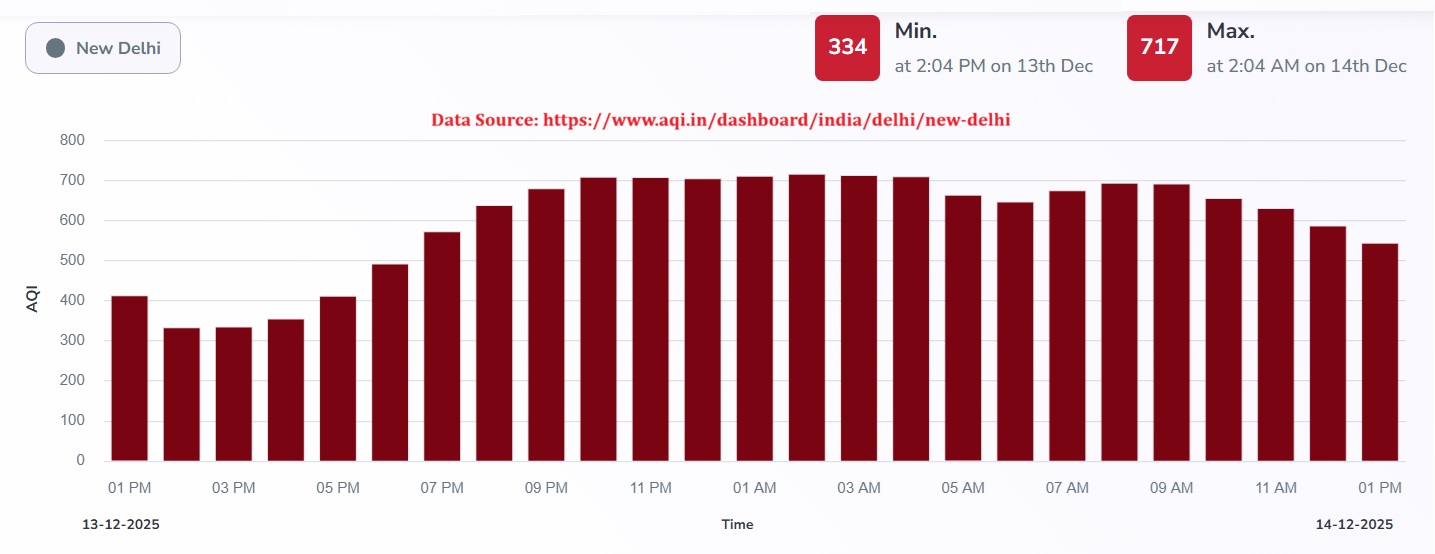The Lok Sabha elections have been a topic of great interest and anticipation for the opposition. The fourth phase of voting has recently concluded, with voting taking place on 96 seats in 10 states, including 25 seats in Andhra Pradesh. This phase marked the end of elections in Andhra Pradesh, Madhya Pradesh, and Telangana, bringing the total number of seats voted on to 379. The voter turnout for the 96 seats was approximately 62.8 %, according to the Election Commission of India.
The voting percentage in the fourth phase was significant, with Bengal crossing 60% voter turnout.
The constituencies of Andhra Pradesh, Jharkhand, Madhya Pradesh, Odisha, and Telangana reported a voter turnout of over 60%. Other states like Bihar, Maharashtra, and Uttar Pradesh had a voter turnout that crossed the 50% mark. West Bengal recorded the highest voter turnout of 75.66%, while Jammu and Kashmir’s Shagar reported only 35.75% voter turnout till 5:00 p.m.
While there were reports of chaos during the voting process, the overall voting percentage was higher than normal. This has become a topic of discussion and concern for the opposition, who have raised questions about the voting percentage and its impact on the Modi government.
The voting pattern in the fourth phase indicates that voters took many things for granted. Although there has been a narrative created that voting is decreasing, the overall voting percentage is higher than previous elections. However, the opposition has raised concerns about the reports coming from voting booths and has complained to the Election Commission. They have also questioned the credibility of the Electronic Voting Machines (EVMs) in some areas.
The opposition is concerned about the fate of these veterans and their ability to save their seats. In Telangana, polling is taking place in 17 seats, including Hyderabad, where a highly anticipated battle between the AI MIM chief Asaduddin Owaisi and the BJP’s Madhavi Lata is taking place. The Khammam seat is also witnessing a triangular contest between the Congress, the BRS, and the BJP.
In Bihar, polling is being held on five seats, with Union Minister Giriraj Singh contesting from Begusarai. In Jharkhand, polling will be held on four seats, with SC Tribal Minister Arjun Munda facing heat in West Simbhu. In Jammu and Kashmir, voting will be held in Srinagar, which has been a stronghold of the Jammu and Kashmir National Conference.
In Maharashtra, voting is taking place across 11 seats, with prominent candidates such as Union Minister Rao Saheb Danve, BJP leader Pankaja Munde, and actor Ton Politan Amol Kohey in the fray. The focus of the politics in Maharashtra seems to be on polarization.
In Madhya Pradesh, the battle is intense as eight constituencies are spread over 64 assembly segments in 15 districts. The Malwa and Nimar regions are considered strongholds of the BJP.
Uttar Pradesh is also witnessing a significant contest, with 13 seats up for grabs. Five of these seats are reserved for the Lits and OBCs, who form a significant portion of the vote. The SP Chief Akhilesh Yadav is contesting for the fourth time, having won consecutively in 2000, 2004, and 2009.
The voting in the fourth phase is crucial for both the opposition and the Modi government. The opposition is worried about the voting percentage and the reports from voting booths, while the Modi government sees the higher voter turnout as a positive sign. Many big names are in the fray in this phase, including Asaduddin Owaisi, Akhilesh Yadav, Giriraj Singh, and Shatrughan Sinha.
Overall, the fourth phase of voting has raised concerns for the opposition. The voting pattern and higher voter turnout indicate that the opposition is struggling to mobilize their supporters. The Modi government, on the other hand, sees this as a positive sign and believes that they are on track to secure a majority. With three more phases of voting to go, it remains to be seen how the opposition will revive itself and if they can turn the tide in their favour.




